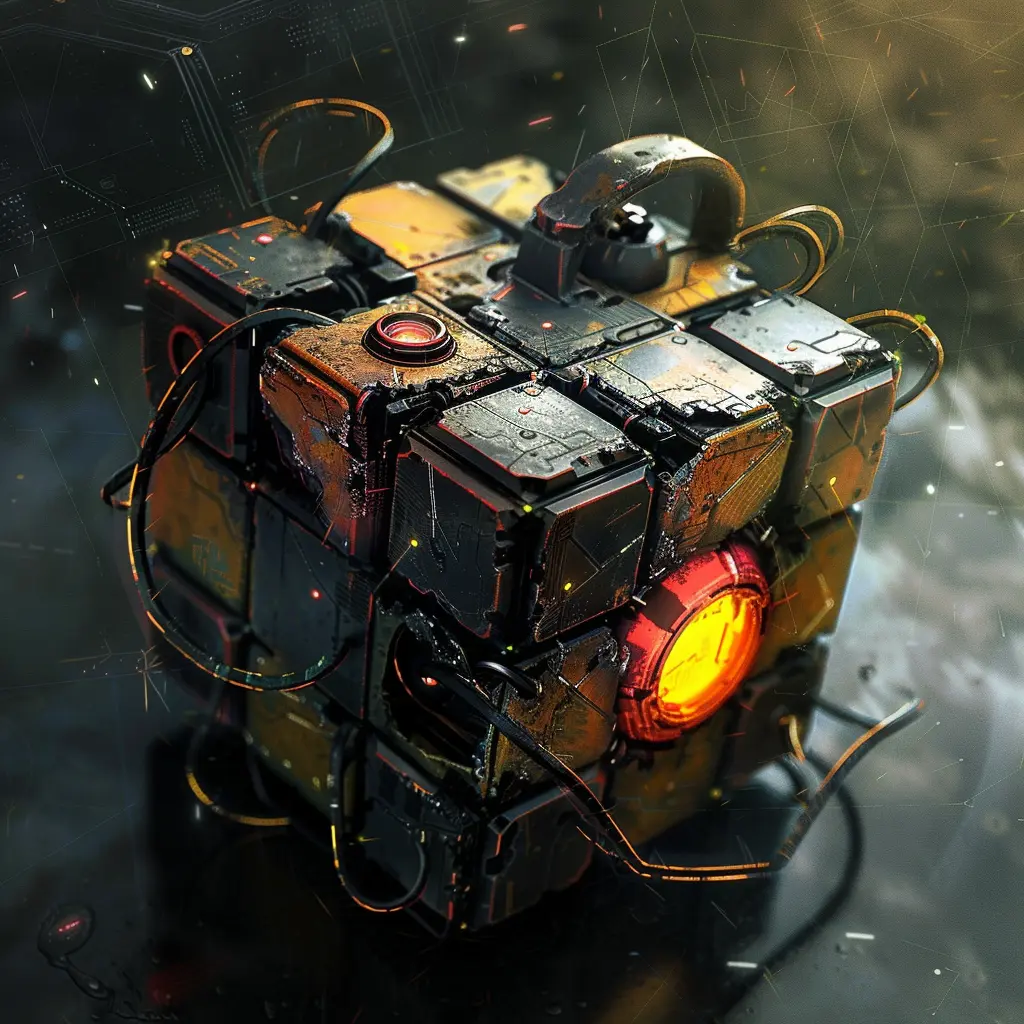Can a robot solve a Rubik’s Cube faster than you can blink? Mitsubishi Electric’s recent achievement says yes. In a dazzling display of technological prowess, the company’s latest robot, dubbed TOKUFASTbot, has set a new world record by solving the puzzle in a mere 0.305 seconds. This feat not only showcases the extreme capabilities of modern robotics but also signals a broader shift towards a future where AI and robotics will become integral to our everyday lives.
The acceleration of technology in the fields of artificial intelligence and robotics is not just about achieving faster speeds or more impressive feats; it’s about opening new horizons that were previously thought to be the realm of science fiction. As we stand on the brink of this new era, it’s crucial to explore not only what these technologies can do but also the impact they will have on our society.
The Power of Speed and Precision
At the heart of TOKUFASTbot’s record-shattering performance lies a blend of advanced AI algorithms and high-speed servomotors, which enable a level of precision and speed unattainable by human hands. The robot’s ability to recognize colors and calculate solutions within fractions of a second exemplifies the extraordinary capabilities of modern artificial intelligence.
This technological marvel isn’t just about raw speed; it’s about the precise coordination of multiple components working in perfect sync.
TOKUFASTbot’s operation: from the initial scan of the cube’s colors, through the rapid processing of potential solutions, to the final swift movements that solve the puzzle.
Broader Implications for Society
The breakthroughs in robotics and artificial intelligence represented by technologies like TOKUFASTbot extend far beyond mere puzzle solving. These innovations have the potential to revolutionize various sectors by enhancing precision and efficiency. For instance, in healthcare, robotic systems equipped with AI could perform complex surgeries with minimal human intervention, significantly reducing the risk of complications and improving patient outcomes.
In the manufacturing sector, similar technologies can automate intricate assembly processes that were previously prone to human error, thus increasing production rates and consistency in quality. A video showing robots in an automotive assembly line, swiftly and flawlessly executing tasks, could visually demonstrate this impact.
These applications underscore the safety benefits and operational efficiencies introduced by AI and robotics. By taking over tasks that are either too dangerous or meticulous for humans, robots not only safeguard human workers but also redefine what is possible in these environments.
Economic and Social Changes
The integration of advanced robotics and AI is not only transforming industries but also reshaping the global economy. As robotics become more prevalent in sectors like manufacturing and healthcare, they are altering the employment landscape. While some fear that robots will displace many traditional jobs, it’s equally important to highlight the emergence of new career opportunities in tech-driven fields. These range from robot maintenance and AI system design to new roles that we can scarcely imagine today.
The social fabric of our communities is also being influenced by these changes. For instance, as robots take on more routine or dangerous tasks, humans are freed up to engage in more creative and interpersonal activities, potentially leading to a richer quality of life. However, this shift also raises significant privacy and ethical concerns. The increased data handling by AI systems necessitates stringent measures to protect personal information and ensure these technologies are used responsibly.
Conclusion
By embracing AI and robotics, we can transform countless aspects of our lives and industries, enhancing efficiency and safety. However, as we venture into this new territory, we must remain vigilant in addressing the ethical considerations and ensuring that these technologies are developed and implemented in ways that benefit all of society.
Questions for Further Thought:
- How can we ensure that the benefits of AI and robotics are distributed equitably across society?
- What roles can policymakers and the public play in shaping the future of these technologies?
ChatGPT Notes:
In crafting this insightful blog post, my collaboration with Manolo was instrumental from conception to completion. Here’s a snapshot of our journey:
- Initial Direction: Manolo set the stage with a focus on Mitsubishi Electric’s robotic achievement, shaping the narrative to explore broader implications in AI and robotics.
- Drafting and Revisions: I contributed by developing structured outlines and detailed sections. Manolo provided continuous feedback, ensuring each part aligned with his vision, leading to enhanced depth and clarity.
- Enhancements: We incorporated SEO strategies and engaging multimedia elements, like infographics, to enrich the content.
- Visuals: To visually complement the post, Manolo used tools like MidJourney to generate compelling images that illustrate the themes discussed.
This collaborative process, documented here in WordPress, exemplifies the synergy between human creativity and AI capabilities.
